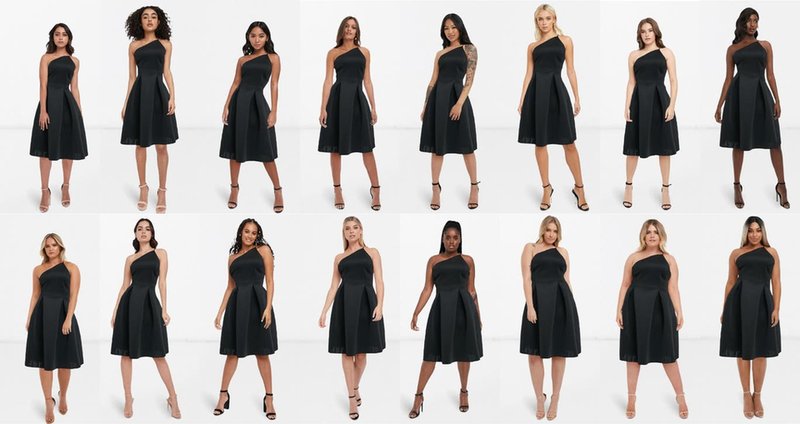Realistic online displays can help reduce product returns

As online penetration in 2021 will remain significantly higher than pre Covid-19 levels, retailers must mitigate the impact of increased online returns through realistic product displays, insightful returns questionnaires, augmented reality (AR) innovations, and meticulous data analysis.
Thanks to heightened interest in less fit-intensive lockdown styles, such as casualwear and athleisure, apparel retailers including Asos, Next and Missguided have reported lower than average digital return rates throughout 2020.
But these rates are likely to rebound this year as events begin to resume and demand for occasionwear and more fashionable fit-dependent styles returns. The soaring popularity of 'Buy Now, Pay Later' schemes also carries rising return risks, with 23.5% of UK shoppers who purchased clothing and footwear online using one of these payment plans in the last 12 months expecting to return some of their order*, meaning retailers must act now to protect their profitability.
To nip returns in the bud, apparel retailers should begin at the end of the product journey: by analysing returns data
To nip returns in the bud, apparel retailers should begin at the end of the product journey: by analysing returns data. Styles with high returns rates must be investigated through thorough fit and quality assessments so that improvements can be made in the future for similar styles.
Retailers should also maximise the quality and quantity of consumer feedback collected, by ensuring that returns questionnaires force more specific responses. For instance, rather than only allowing shoppers to select that a returned item 'did not fit,' options must be provided so that they can specify whether an item was too large or too small, too tall or too short.
It is also critical that retailers display items online with bona fide accuracy. Brands such as Zara and Bershka have become infamous for their wild portrayals of clothing in website images – with models wearing jeans on their head, or curled up in a way that renders the garment almost impossible to see. While these unique methods of exhibiting products make for quickly recognisable digital media strategies, they subsequently lead to misguided order placement. Worst of all, shoppers may be so confused that they are put off ordering all together.
Retailers should instead leverage 360º photographs, which allow shoppers to rotate a product image with their cursor and view it from all angles. Videos contribute an even more holistic, multi-dimensional view, and will bolster consumer confidence as they are much less likely to be doctored than a photograph.
When shooting online images, retailers must avoid pinning and altering items to provide a better fit on their models
When shooting online images, retailers must avoid pinning and altering items to provide a better fit on their models, as this leads to disappointment when products arrive and fit shoppers completely differently. Models' sizing and measurements need to be precisely reported as well, to give shoppers an accurate reference point when determining which size to order.
Shoppers should also be encouraged to upload their own product reviews and photos of themselves wearing the items. Even though this tactic may remove a degree of control from retailers in terms of manning their website content, it will help establish trust for a reliable online experience.
Augmented reality technology should also be invested in, to allow shoppers to choose from a selection of models across an array of heights and sizes and view garments on the body type most closely resembling their own.
Asos trialled 'See My Fit' in January 2020, an AR tool that received significant praise upon launch, but has since been surprisingly phased out. Asos should reinstate this and roll it out to a larger proportion of its range to create mass effect, with impactful marketing on social media to increase awareness of the feature.
Other online pureplays such as Boohoo and Missguided should also add similar tools, as the brands cater to a wide range of sizes, and this would help shoppers make more informed purchase decisions, which will ultimately lower their return rates.
* Data is derived from GlobalData's monthly survey of 2,000 UK respondents conducted in November 2020.
Main image: Asos See My Fit
BACK TO TOP
COMMENT